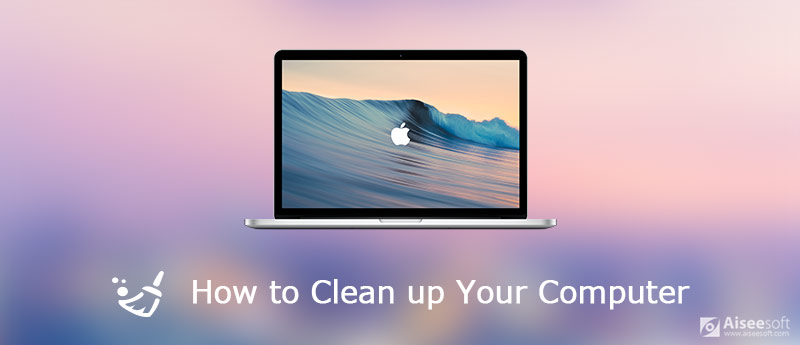

- #VISE X MAC REVIEW UPGRADE#
- #VISE X MAC REVIEW FULL#
- #VISE X MAC REVIEW PRO#
- #VISE X MAC REVIEW PC#
- #VISE X MAC REVIEW PROFESSIONAL#
If you’re a PC lover, there are small-form-factor desktops like the Intel NUC series, that will offer a similar experience to the Mac mini for less money, but it’s not an apples-to-apples comparison. But for the rest of us, for most of us, if you want to do your photo editing in the Apple ecosystem, the M1 Mac mini hits that sweet spot of price-to-performance that is so rare for Apple computers.
#VISE X MAC REVIEW PROFESSIONAL#
If you’re running a professional studio, that might be an investment worth making.
#VISE X MAC REVIEW PRO#
But here’s the thing: for photographers and photo editing, these things will suffer from the law of diminishing returns.Īdditional GPU performance costs money, a nice iMac or MacBook Pro display costs money, and the additional CPU performance or RAM baked into the next generation Apple Silicon will also probably cost you some extra money. The M1X or M2 or whatever comes next will be better, and Apple will definitely put more GPU performance into the rumored Apple Silicon iMac, 14-inch MacBook Pro, and 16-inch MacBook Pro.

There’s an elephant in the room at every M1 Mac review, and it’s the fact that these are 1st generation devices.

#VISE X MAC REVIEW FULL#
In real-world terms, that means that each port gets the full 40Gbps bandwidth to itself instead of sharing it with another port. On the Intel Macs, there’s one TB bus for every 2 ports on the M1 Macs, there’s one TB bus for every port. What most people don’t mention (thankfully, some do) is that you’re actually getting the same number of Thunderbolt buses. Both were being run by the same M1 Mac mini.įinally, a lot of people pointed out that the M1 Mac mini and M1 MacBook Pro feature only two Thunderbolt ports instead of four. That’s how I was able to compare the blooming performance of the Dell UP3221Q and the Pro Display XDR side-by-side without using two computers. Between the USB-4 ports and the HDMI 2.0 port, you can run two displays simultaneously: 6K 10-bit at up to 60Hz through the USB-4 port, and 4K 10-bit at up to 30Hz through the HDMI. In terms of ports, the M1 Mac mini features two USB-A ports, two USB-4 ports (essentially Thunderbolt 4), an HDMI 2.0 port, a gigabit Ethernet port, and a 3.5mm headphone jack. Small and discrete, I’ve always loved the Mac mini for how easily it can slot away in some corner of a desk, looking for all the world like a fancy paperweight. It’s a well-built aluminum box, and that’s about all you can say about it. Unlike our laptop reviews, we won’t spend much time on design and built quality.
#VISE X MAC REVIEW UPGRADE#
I would not advise skimping on RAM, especially since there’s no way to upgrade it later. If I were customizing my own Mac mini for photo editing, I’d probably skimp on Apple’s SSD upgrades and buy the 1TB version ($1,300) or 512GB version ($1,100) instead.



 0 kommentar(er)
0 kommentar(er)
